(Crow Agency MT)
The Little Bighorn Battlefield National Monument commemorates the last great skirmish won by the natives during the Indian Wars, and the site of Custer’s Last Stand. The Visitor Center explained the history leading up to the pivital battle.
A paved road wound through the hills where key movements and clashes took place. Gravestones marked where combatants from both sides fell. Locations were known because both soldiers and natives marked the spots when they retrieved their fallen warriors.
A stone monument rests atop a mass grave on the hill that was the last hurrah for Custer’s troops. Nearby was another memorial that recognized the natives that fought and died in the battle. 263 soldiers and about 100 native warriors perished in 1 1/2 days of fighting.
Why Colonel Custer, with his force of 600 ill-equipped troops, attacked Crazy Horse and his 2,000 better armed native warriors is puzzling to me. Especially since pre-planned reinforcements were on the way. They were doomed from the outset.
These horses, representing both sides, graze peacefully together on the battlefield. Perhaps a more fitting testament than any stone memorial.
Camp: Burnt Hollow Rec Area-BLM boondock
Scene: Historic battlefield
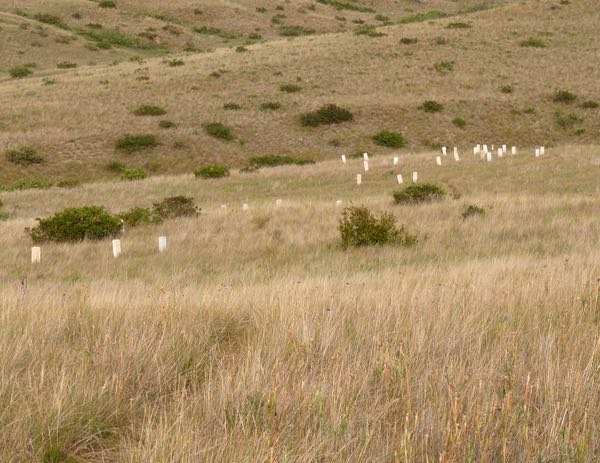
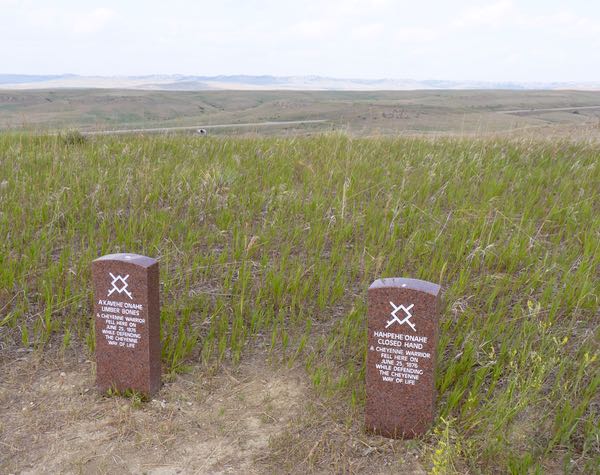
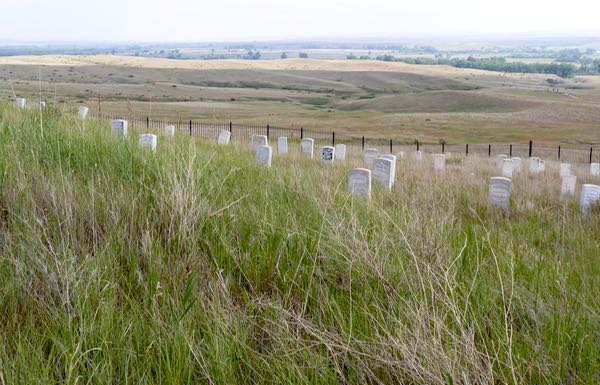
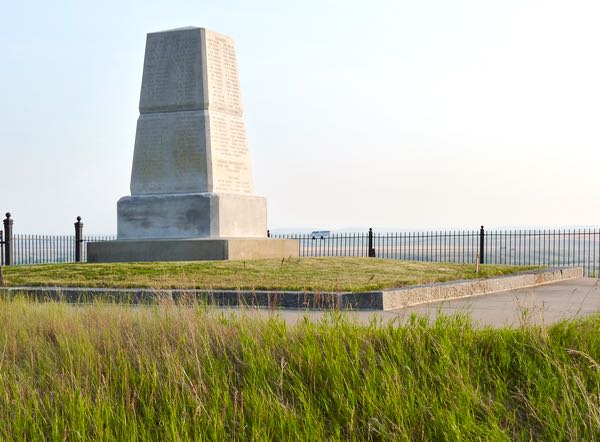
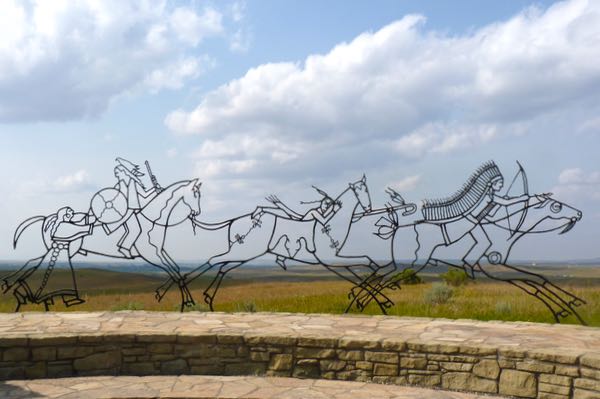
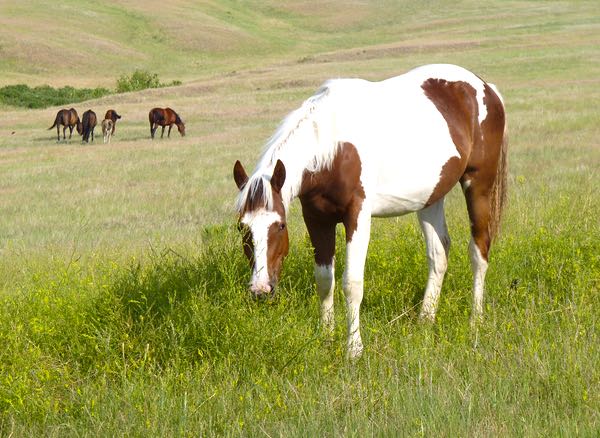
A good piece! I’ve always wondered what happens to the bodies of those who are slaughtered like this. We see epic battles on movie and television screens wherein thousands of people are killed and just left on the battlefields. How were these people ever identified, particularly back in the days of say, the Crusades, or any other of the many battles over territory, and to proclaim who would be the king/queen du jour!
Virtual hugs,
Judie
A noteworthy observation. In large battles, those who perished were often entombed in mass graves. The Little Bighorn is the only battlefield that identifies them and where they fell.